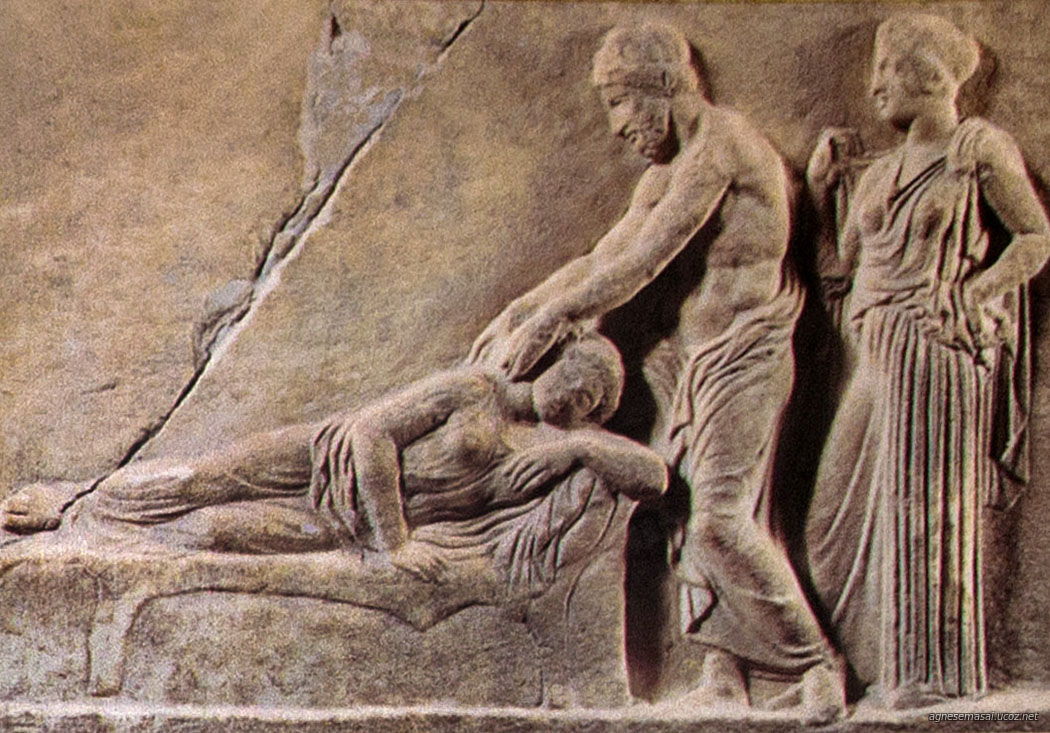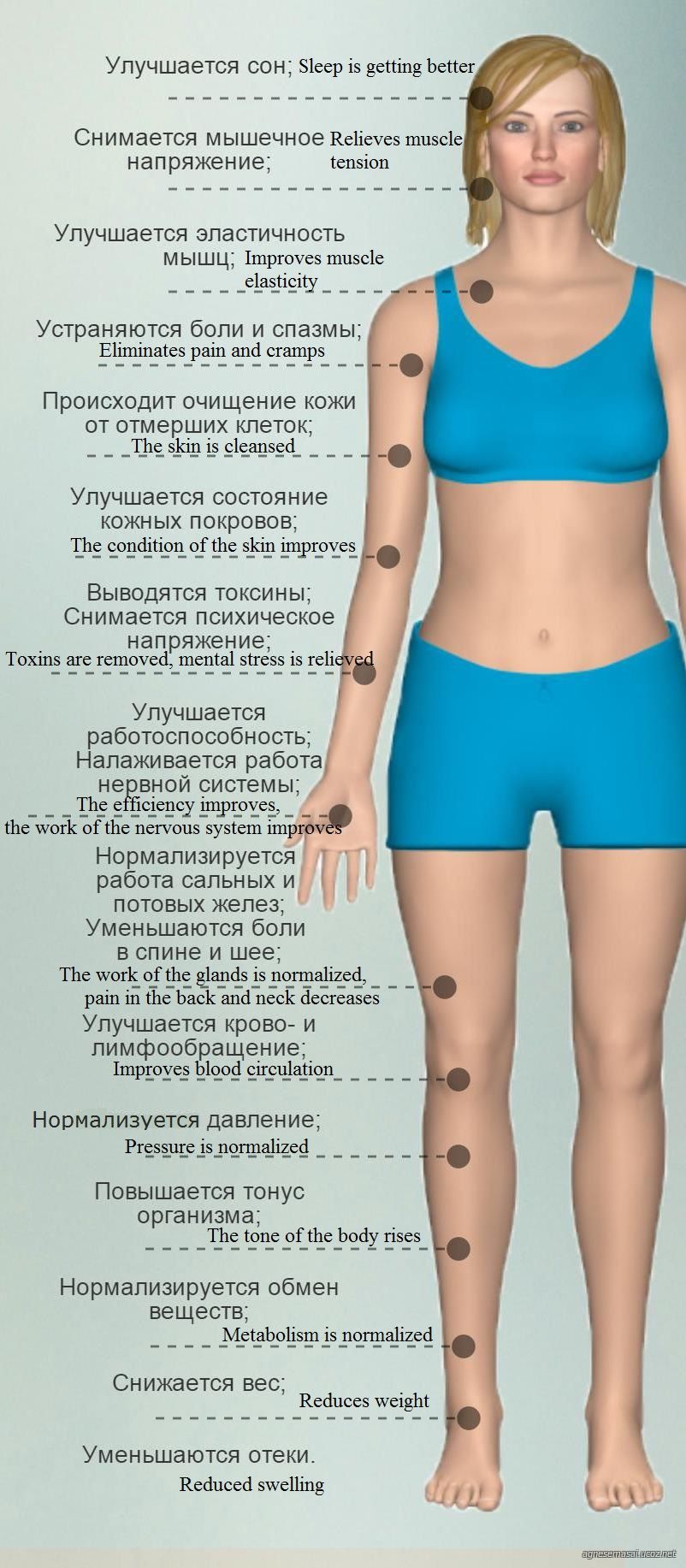Massage was also known in Ancient Egypt, Abyssinia, Libya and other countries throughout the 12th century BC. This is evidenced by the images of various massage manipulations on papyri and alabaster reliefs that adorned the royal palaces. In 1841, during the excavation of the burial place of the Egyptian commander, a papyrus was found depicting massage techniques - stroking the calf muscle, rubbing the foot, swaying the buttocks and back. From Egypt, massage, together with rubbing with oils and ointments, as well as the widespread use of baths, passed to Ancient Greece, where, in combination with gymnastics, they constituted one of the most important sections of the healing art. The greatest physicians of ancient Greece considered massage an indispensable element of Hellenic culture. From Egypt, massage, together with rubbing with oils and ointments, as well as the widespread use of baths, passed to Ancient Greece, where, in combination with gymnastics, it constituted one of the most important sections of the art of healing. The greatest physicians of ancient Greece considered massage an indispensable element of Hellenic culture. Already in ancient times, massage has established itself not only as one of the ways to improve, but also as an excellent means of treating diseases. Greek physician of the 5th century BC Herodicus was the first to notice its physiological effect on the body. He himself lived for about a hundred years and all his life he regularly did gymnastics and daily massage himself. | |
|
| |
| Views: 221 | |
| Total comments: 0 | |


